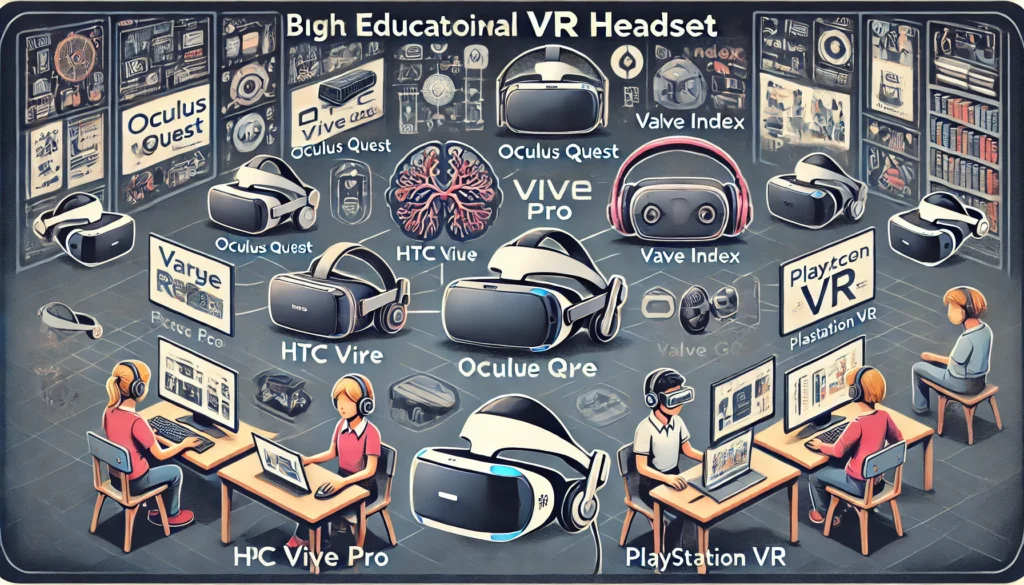/ Nov 22, 2024

Getting a Head for Learning: A Guide to Buying the Right Educational VR Headset for Your Needs
Virtual reality (VR) technology has revolutionized the way we learn, providing an immersive and engaging experience that can increase knowledge retention and understanding. With the vast array of VR headsets available on the market, it can be overwhelming to choose the right one for your educational needs. In this article, we’ll guide you through the process of selecting the perfect VR headset for learning, ensuring you get the most out of this revolutionary technology.
What to Consider When Buying an Educational VR Headset
Before making a purchase, it’s essential to consider a few key factors to ensure you get a headset that meets your specific educational needs.
Popular Educational VR Headsets for Different Needs
For Language Learning:
For Anatomy and Medical Studies:
For Interactive Simulations and Hands-on Learning:
Tips for Implementing VR Headsets in Education
2. Supervise and Monitor: Ensure learners have adult supervision and monitoring during VR sessions.
3. Create a Comfortable Environment: Ensure the learning environment is quiet, free from distractions, and comfortable for learners.
4. Integrate with Curriculum: Integrate VR experiences with traditional teaching methods to enhance learning outcomes.
5. Provide Guidance and Support: Offer guidance and support for learners, as needed, to ensure they make the most of VR experiences.
Conclusion
With this guide, you’re equipped to make an informed decision when selecting the right educational VR headset for your needs. Whether you’re a language learner, anatomist, or enthusiast, there’s a VR headset out there that can enrich your learning experience. Remember to consider your purpose, system requirements, content availability, cost, comfort, and tracking system when making your choice. By incorporating VR technology into your learning routine, you’ll unlock new levels of engagement, motivation, and understanding.